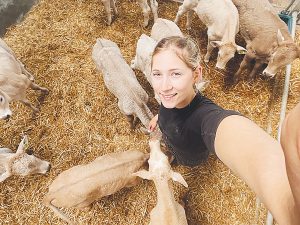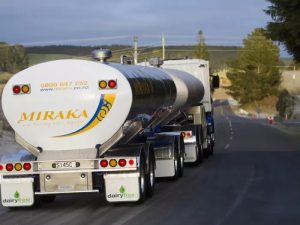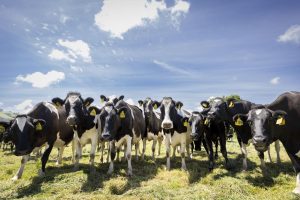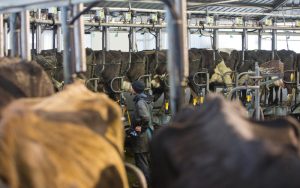
A Countdown-branded 1kg block of Tasty Cheese was sold for $18.50 in New Zealand.
In Australia the block of cheese was sold by Countdown parent company Woolworths, for A$9.90 (NZ$10.88).
A 500g block of Mainland cheese, a Fonterra brand, sells for $14 in New Zealand and $8.25 in Australia.
Countdown spokesperson Kiri Hannifin said while the cheeses had the same name, tasty cheese in Australia was different to tasty cheese in New Zealand, and so had different costs associated.
She said the biggest driver in the price difference was payment to supplier, and in New Zealand that was Fonterra.
“There is significant pressure on the price of cheese here including record-high farmgate milk prices and incredibly strong international demand for New Zealand dairy,” Hannifin said.
She said Countdown had already received two cost increases this year on cheese because of rising milk prices, and directed further questions on the price of cheese to Fonterra.
But Mainland tasty cheese was the same in both New Zealand and in Australia, but was still $6.60 cheaper across the Tasman.
Fonterra Brands managing director, Brett Henshaw said a global increase in dairy prices had increased the wholesale price the business charged its customers.
He said it was difficult to compare prices in the two countries as New Zealand exported 95% of its dairy products, while Australia only exported 30% of its dairy products, the rest sold to the domestic market.
But as a supplier Fonterra could only recommend retail prices and it was retailers that set the final price of goods at their discretion, he said.
Consumer NZ spokesperson Gemma Rasmussen said the different prices of cheese was just one way the public was “held to ransom” by the supermarket duopoly of Countdown and Foodstuffs.

On Tuesday, the watchdog released data that showed the duopoly made a profit of $1 million every day.
This profit margin translated to a family of four paying between $1000 to $1200 extra for their groceries every year, Rasmussen said.
Australian shoppers were not being overcharged for cheese at their checkouts because they had appropriate competition in their market, she said.
“In Australia there are far more options in the supermarket sector. Because of that there is genuine competition between businesses, and consumers get a cheaper price.
“What happens here is because there is only two players we don’t have genuine competition, and supermarkets can charge what they like.”
Rasmussen said Countdown could not use inflation as an excuse because it did not explain such a big difference in prices.
“What supermarkets decide is appropriate, is the price that we pay. Because of lack of competition in New Zealand they set a higher price here, and shoppers don’t have any choice but to pay it.”
Consumer NZ launched a petition which called for the Government to go beyond the Commerce Commission’s grocery market study recommendations.
It asked the Government to look at regulating access to wholesale supply or setting up a state-owned wholesaler, which would enable more competitors to enter the market, it said.
In its final report into the $22b groceries industry, the commission stopped short of recommending Countdown and Foodstuffs be forced to sell parts of their businesses, despite estimating they were making about $430m a year in excess profits.
























